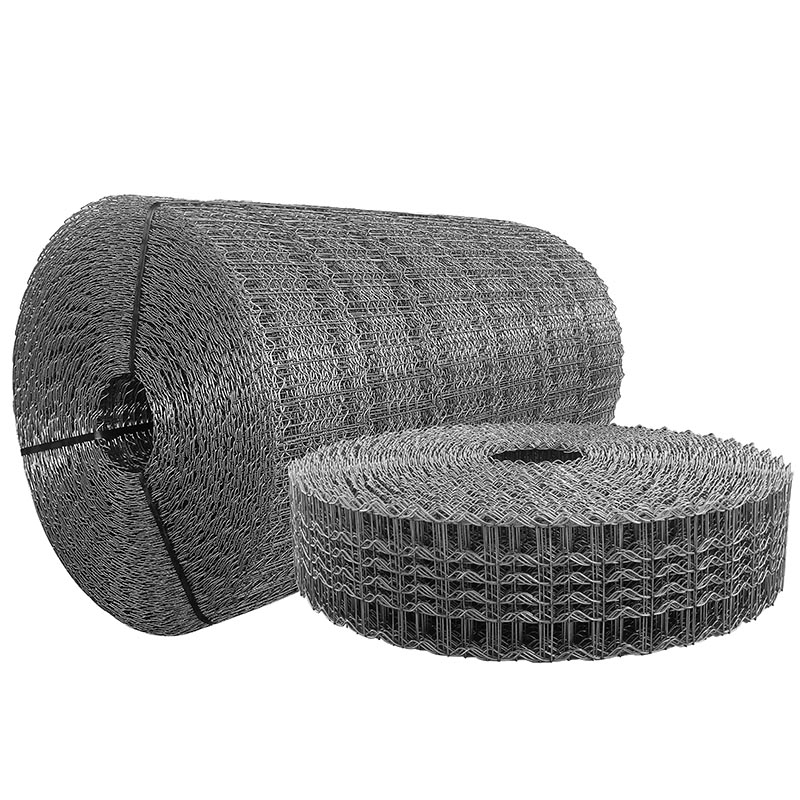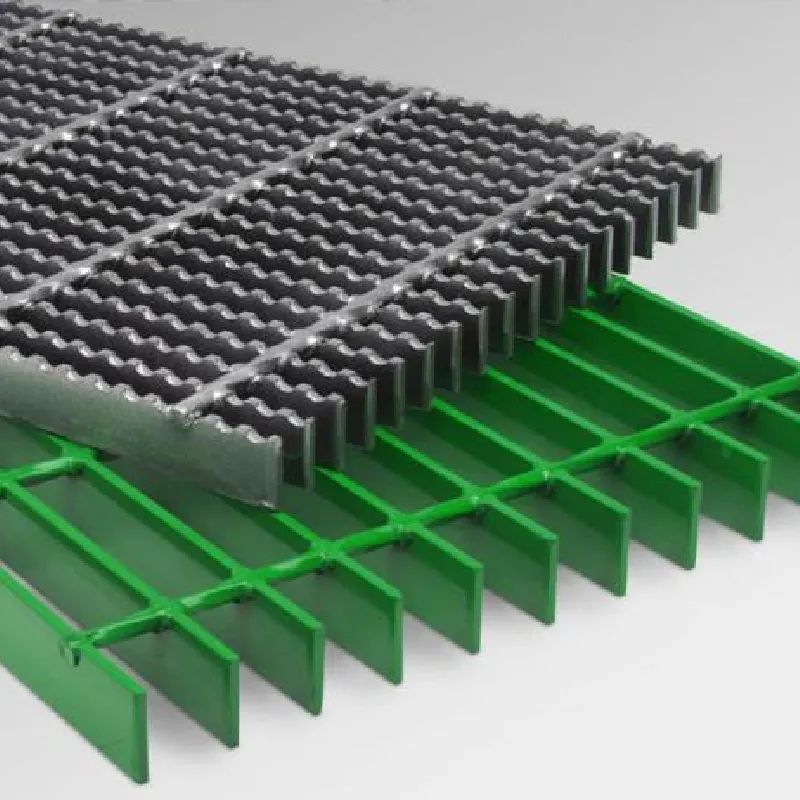- Industrial zone, South of Anping Town, Hengshui, Hebei, China.
- sales@hfpetromesh.com
- +86-18931809706
 Afrikaans
Afrikaans  Albanian
Albanian  Amharic
Amharic  Arabic
Arabic  Armenian
Armenian  Azerbaijani
Azerbaijani  Basque
Basque  Belarusian
Belarusian  Bengali
Bengali  Bosnian
Bosnian  Bulgarian
Bulgarian  Catalan
Catalan  Cebuano
Cebuano  Corsican
Corsican  Croatian
Croatian  Czech
Czech  Danish
Danish  Dutch
Dutch  English
English  Esperanto
Esperanto  Estonian
Estonian  Finnish
Finnish  French
French  Frisian
Frisian  Galician
Galician  Georgian
Georgian  German
German  Greek
Greek  Gujarati
Gujarati  Haitian Creole
Haitian Creole  hausa
hausa  hawaiian
hawaiian  Hebrew
Hebrew  Hindi
Hindi  Miao
Miao  Hungarian
Hungarian  Icelandic
Icelandic  igbo
igbo  Indonesian
Indonesian  irish
irish  Italian
Italian  Japanese
Japanese  Javanese
Javanese  Kannada
Kannada  kazakh
kazakh  Khmer
Khmer  Rwandese
Rwandese  Korean
Korean  Kurdish
Kurdish  Kyrgyz
Kyrgyz  Lao
Lao  Latin
Latin  Latvian
Latvian  Lithuanian
Lithuanian  Luxembourgish
Luxembourgish  Macedonian
Macedonian  Malgashi
Malgashi  Malay
Malay  Malayalam
Malayalam  Maltese
Maltese  Maori
Maori  Marathi
Marathi  Mongolian
Mongolian  Myanmar
Myanmar  Nepali
Nepali  Norwegian
Norwegian  Norwegian
Norwegian  Occitan
Occitan  Pashto
Pashto  Persian
Persian  Polish
Polish  Portuguese
Portuguese  Punjabi
Punjabi  Romanian
Romanian  Russian
Russian  Samoan
Samoan  Scottish Gaelic
Scottish Gaelic  Serbian
Serbian  Sesotho
Sesotho  Shona
Shona  Sindhi
Sindhi  Sinhala
Sinhala  Slovak
Slovak  Slovenian
Slovenian  Somali
Somali  Spanish
Spanish  Sundanese
Sundanese  Swahili
Swahili  Swedish
Swedish  Tagalog
Tagalog  Tajik
Tajik  Tamil
Tamil  Tatar
Tatar  Telugu
Telugu  Thai
Thai  Turkish
Turkish  Turkmen
Turkmen  Ukrainian
Ukrainian  Urdu
Urdu  Uighur
Uighur  Uzbek
Uzbek  Vietnamese
Vietnamese  Welsh
Welsh  Bantu
Bantu  Yiddish
Yiddish  Yoruba
Yoruba  Zulu
Zulu
- Afrikaans
- Albanian
- Amharic
- Arabic
- Armenian
- Azerbaijani
- Basque
- Belarusian
- Bengali
- Bosnian
- Bulgarian
- Catalan
- Cebuano
- Corsican
- Croatian
- Czech
- Danish
- Dutch
- English
- Esperanto
- Estonian
- Finnish
- French
- Frisian
- Galician
- Georgian
- German
- Greek
- Gujarati
- Haitian Creole
- hausa
- hawaiian
- Hebrew
- Hindi
- Miao
- Hungarian
- Icelandic
- igbo
- Indonesian
- irish
- Italian
- Japanese
- Javanese
- Kannada
- kazakh
- Khmer
- Rwandese
- Korean
- Kurdish
- Kyrgyz
- Lao
- Latin
- Latvian
- Lithuanian
- Luxembourgish
- Macedonian
- Malgashi
- Malay
- Malayalam
- Maltese
- Maori
- Marathi
- Mongolian
- Myanmar
- Nepali
- Norwegian
- Norwegian
- Occitan
- Pashto
- Persian
- Polish
- Portuguese
- Punjabi
- Romanian
- Russian
- Samoan
- Scottish Gaelic
- Serbian
- Sesotho
- Shona
- Sindhi
- Sinhala
- Slovak
- Slovenian
- Somali
- Spanish
- Sundanese
- Swahili
- Swedish
- Tagalog
- Tajik
- Tamil
- Tatar
- Telugu
- Thai
- Turkish
- Turkmen
- Ukrainian
- Urdu
- Uighur
- Uzbek
- Vietnamese
- Welsh
- Bantu
- Yiddish
- Yoruba
- Zulu
Metal Walkway Grates - Durable, Slip-Resistant & Customizable Solutions
- Understanding the Importance of Durable Walkway Solutions
- Technical Advantages of Metal Grating Systems
- Performance Metrics: Comparing Leading Manufacturers
- Customizable Designs for Varied Infrastructure Needs
- Material Innovation and Corrosion Resistance
- Installation Best Practices and Safety Compliance
- Why Metal Walkway Grates Outperform Alternatives

(metal walkway grates)
Understanding the Importance of Durable Metal Walkway Grates
Industrial and commercial environments demand walkway solutions that combine strength, longevity, and safety. Metal walkway grates have emerged as the preferred choice for heavy-traffic areas, offering 42% higher load-bearing capacity than polymer alternatives according to ASTM A123 standards. These systems prevent liquid accumulation through optimized mesh patterns, reducing slip-related accidents by up to 67% in wet conditions.
Technical Advantages of Grating Systems
Modern walkway grates utilize cold-rolled steel or aluminum alloys, achieving tensile strengths between 65,000-85,000 psi. Key innovations include:
- Serrated surfaces providing 0.85+ coefficient of friction
- Hot-dip galvanized finishes with 75-year corrosion warranties
- Modular designs enabling 3x faster installation
Manufacturer Comparison
| Brand | Material | Max Load (lbs/sq ft) | Corrosion Resistance |
|---|---|---|---|
| SteelCore® | ASTM A1011 | 8,200 | Class IV |
| AlumaGrid™ | 6061-T6 | 5,700 | Class III |
| DuraGrate® | GalvAlume | 10,450 | Class V |
Customization Options
Project-specific configurations account for 38% of metal walkway mesh installations. Engineering teams typically adjust:
- Bar spacing (3/4" to 6")
- Panel dimensions (up to 8'x40')
- Surface treatments (epoxy, powder-coat, bare metal)
Material Science Breakthroughs
New aluminum alloys demonstrate 92% salt-spray resistance improvement over conventional materials. Stainless steel variants now incorporate molybdenum for acidic environments, achieving pH stability between 1-13.
Installation Protocols
OSHA-compliant deployments require:
- 12" minimum support spacing
- 0.25" weld penetration on joints
- Non-slip edge detailing
Why Metal Walkway Grates Dominate Modern Infrastructure
With 83% of facility managers reporting reduced maintenance costs after switching to metal walkway grates
, these systems deliver quantifiable ROI. Fire-rated variants withstand temperatures up to 1,200°F while maintaining structural integrity, making them indispensable for industrial settings.

(metal walkway grates)
FAQS on metal walkway grates
Q: What are the common applications of metal walkway grates?
A: Metal walkway grates are widely used in industrial settings, pedestrian bridges, and outdoor platforms. They provide slip resistance, durability, and allow water drainage. Common materials include steel, aluminum, and galvanized metals.
Q: How do walkway grates enhance safety in public areas?
A: Walkway grates improve safety with anti-slip surfaces and sturdy load-bearing capacity. Their open design prevents water or debris accumulation, reducing trip hazards. They also withstand harsh weather conditions for long-term reliability.
Q: What advantages do metal walkway mesh designs offer?
A: Metal walkway mesh combines lightweight construction with high strength, ideal for elevated pathways. The mesh pattern ensures airflow and light penetration while maintaining structural integrity. It’s often used in marine environments or corrosive settings due to rust-resistant coatings.
Q: How to maintain metal walkway grates for longevity?
A: Regular cleaning with water and mild detergent prevents debris buildup. Inspect for corrosion or damage, especially in joints and edges. Apply protective coatings like powder coating or galvanization periodically to extend lifespan.
Q: Can metal walkway grates be customized for specific projects?
A: Yes, metal walkway grates can be tailored in size, thickness, and mesh patterns. Custom options include anti-skid serrations, varying hole shapes, or specialized coatings. Manufacturers often provide CAD designs to meet project specifications.
-
The Role of Shale Shaker ScreensNewsJun.11,2025
-
Steel Grating Remains a Superior ChoiceNewsJun.11,2025
-
Does Safety Net Mean in the Modern Construction WorldNewsJun.11,2025
-
Concrete Weight Coating in Offshore Pipeline StabilityNewsJun.11,2025
-
Choosing the Right Steel Grating CompanyNewsJun.11,2025
-
Best Shale Shaker Screen for SaleNewsJun.11,2025